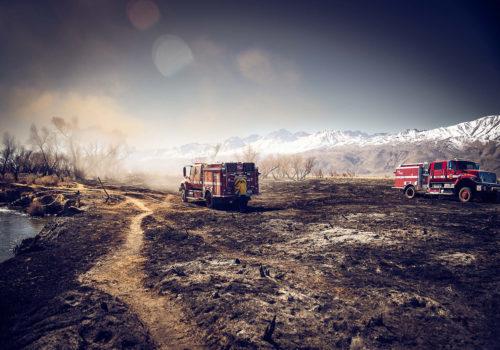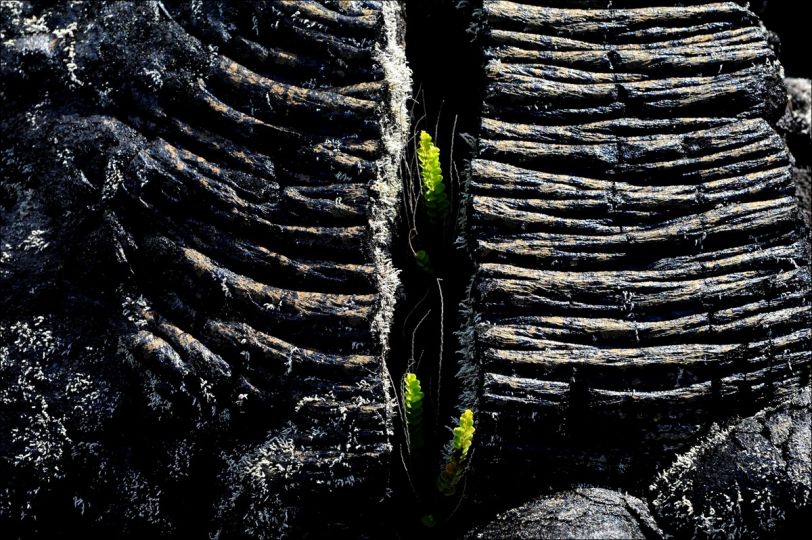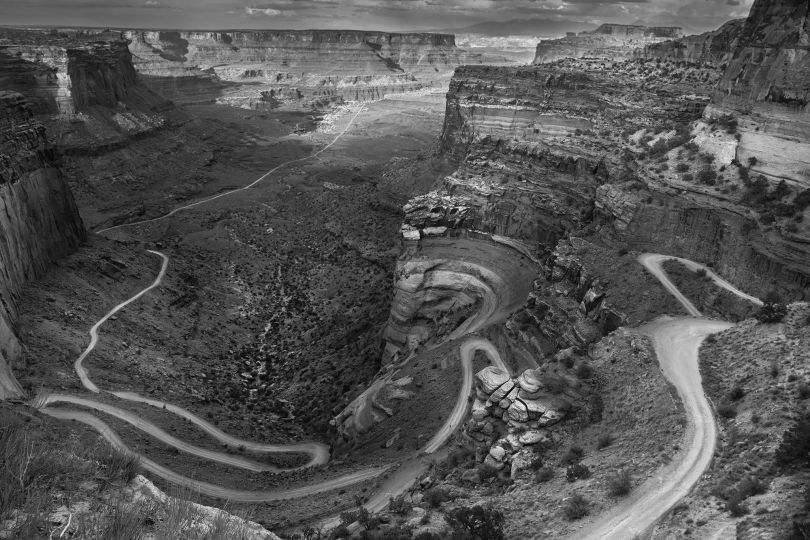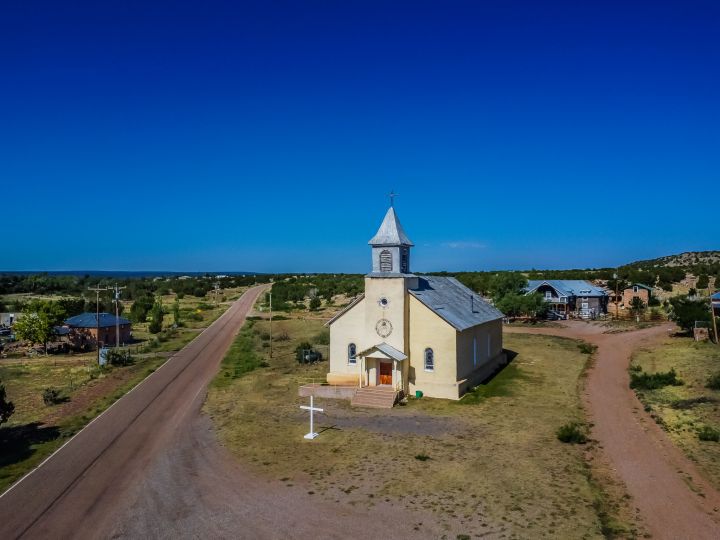The Airport Fire
In February, the Airport Fire burned more than 4,000 acres, the largest California wildfire of 2022 so far.
The fire started at 12:30 pm on Wednesday, February 16, near the Eastern Sierra Regional Airport, just outside the city of Bishop in the wide, dry Owens Valley, between the tall peaks of the White Mountains to the east and the Sierra Nevada to the west. Winds of 30 to 40 MPH drove the fire south down the west bank of the Owens River.
By 4 p.m, the fire was seven miles south of Bishop, burning through the pastures of the Yribarren cattle ranch, owned by my friends the Etcheverrys. The blaze continued through the night, headed toward the large dish antennas of The Owens Valley Radio Observatory, owned by the California Institute of Technology.
The observatory is 12 miles south of Bishop, on the opposite side of the Owens River from the Etcheverrys’ pastures. It’s one of the largest radio observatories in the world, and it’s where fire crews made their stand. Late Thursday night, after burning more than 4,000 acres of grassland, the fire was stopped a few hundred yards from the observatory. The fire may have spared the antennas, or “Big Ears” as locals them, but the Etcheverrys’ cattle, the ones who liked sleeping along the river, weren’t so lucky.
Initially more than 400 personnel, 66 engines, 1 helicopter, and 6 air tankers – planes that drop fire retardant — were assigned to the Airport Fire. When I shot these photos the following weekend, there were a dozen or so remaining fire fighters tending to hotspots. Several times I ground my heavy boots to put out smoldering ash, but as I walked away, looking over my shoulder, I could see the area beginning to smoke again.
Looking for victims of the blaze I alternated between driving the blackened dirt track and walking through the ankle-deep ash. Black dust devils, menacing and sinister, thick with ash and debris from the fire, were numerous. Several came within a few feet of me, forcing me to cover my ears and face. By the end of the day I resembled a chimney sweep.
The calves I photographed, having died of smoke inhalation further from the river, looked like they were sleeping, while the mothers, overwhelmed by flames closer to the banks of the river died a more gruesome death. You could see the agony on their faces, their tongues protruded grotesquely. Two blackened and burnt mothers had even “given birth” postmortem after the fire had passed. One calf was “born” en caul, meaning it was still inside its intact amniotic sac, while the other newborn calf, partially expelled from its mother, appeared unscathed, its hair soft and dewy. The fire fighter I happened to be with when I encountered these two calves looked shocked, and it took us a minute to agree what we were seeing.
I shot the last of my photos just after dawn on Sunday. During my drive from Highway 395 toward the Owens River I surprised a herd of tule elk. When I approached the first cow, crows cawing angrily took flight from its corpse and landed on a nearby skeletal tree. Just across the river were the “Big Ears” of the observatory, and behind them the peaks of the White Mountains over which the sun had just begun to rise. The ominous dust devils were gone, replaced by a new menace — the horrible stench of death. I rubbed Vicks vapor rub on my nostrils, and put on my KN95 mask.
The Etcheverrys lost eight cows, four of whom were pregnant, and 13 calves to the fire. Twelve more cows were badly burned. An additional seven calves smelled so strongly of smoke they were rejected by their mothers whom were unable to recognize their scent.
Because no structures were lost The Airport Fire is considered a success. The cause of the blaze remains unknown.
Colin Remas Brown
March 21st 2022
















